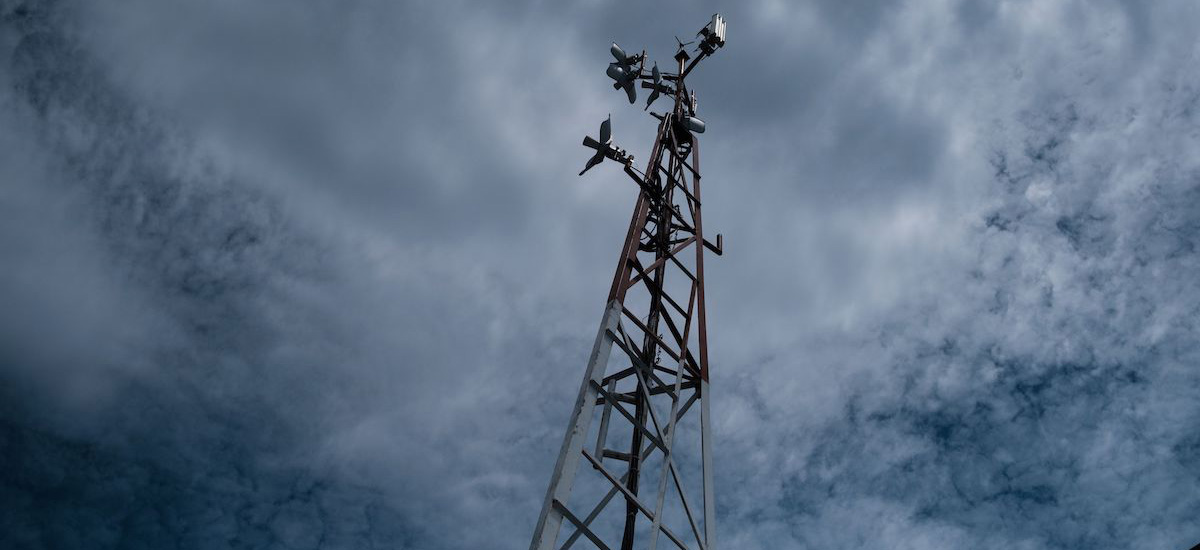Internet outages occur daily, whether accidental or caused by a deliberate attack. The impact of these outages is proportional to the resilience of the local Internet ecosystem.
A resilient Internet connection is one that can maintain an acceptable level of service in the face of faults and challenges to normal operation. These challenges may include sudden changes in Internet traffic, suspicious activity, unexpected outages, and more.
Understanding what makes the Internet resilient requires a holistic view of the Internet, not just a technical view.
What Are Some of the Essential Components of a Resilient Internet?
The Internet Society Pulse Internet Resilience Index offers one framework for measuring resilience, based on four ‘pillars’:
Infrastructure: The existence and availability of physical infrastructure that provides Internet connectivity.
Security: The ability of the network to resist intentional or unintentional disruptions through the adoption of security technologies and best practices.
Performance: The ability of the network to provide end-users with seamless and reliable access to Internet services.
Market Readiness: The ability of the market to self-regulate and provide affordable prices to end-users by maintaining a diverse and competitive market.
We also recognize the need to think more broadly and are examining environmental and social factors that impact the resilience of the Internet locally and globally.
Why Should People Care About Having a Resilient Internet? What Happens if it Isn’t Resilient?
The COVID-19 pandemic underlined the importance of reliable Internet connectivity for everyone. Unfortunately, not all countries have reliable Internet infrastructure to allow their workforce and schools to continue working and learning from home.
Low-income countries often have under-provisioned networks. They also often lack robust cable infrastructure and redundant interconnection systems, which provide ‘backup’ in case one part of a network fails.
In these countries, the likelihood of Internet outages occurring is much higher than elsewhere. With unreliable availability and performance, students, small businesses, and entrepreneurs lose trust and motivation to implement and use the Internet to help grow their communities.
What Can People Do to Support a Resilient Internet at a Local, Regional, and/or Global Level?
The first step to improving and maintaining a resilient Internet is understanding how resilient it currently is.
The Internet Society Pulse Internet Resilience Index offers one standardized, global framework to measure resilience at a country level. Once you’ve identified your weaknesses, you can start to focus on the mechanisms that control them. This could include:
Asking your local Internet service provider (ISP) whether they are implementing current best practices, such as deploying the newest Internet protocol (IPv6) or protecting their routes by adopting Resource Public Key Infrastructure (RPKI).
Recording and reporting Internet performance, outages, or shutdowns to your local news desks, who can further investigate and draw attention to the issues.
Discussing with your local members of government the policies they are developing (or need to develop) to encourage greater competition and investment in infrastructure.
How Does Internet Resilience Affect Outages? And What Is the Internet Society Doing?
Local networks interconnecting (peering) with one another increases the redundancy of routes that Internet users can take to access the content they want. It can also increase the speed at which Internet users can send and access content.
The importance of local peering was evident in 2024, when multiple countries in Africa experienced severe interruptions to their international Internet connectivity due to cuts to multiple subsea cables connecting them to servers in Asia, America, and Europe.
The Internet Society reviewed the impact of cable cuts off the West and East coasts of Africa in March and May and found that in both cases, the length of Internet disruptions was considerably shortened thanks to:
The quick, collaborative efforts of the African network operators community—see how we support local technical communities who create and defend the Internet in your country.
Internet exchange points (IXPs), which allowed local traffic and content to continue to be sent and received—learn how we are working with communities to expand IXPs globally.
Locally cached content, which in certain countries that had established this, allowed their users to still access historical versions of content—read how we are working to keep half of all traffic local in selected economies.
Is There Anything Else People Should Know?
Our measurement work relies on our global open-data measurement partners. Sustaining and broadening these projects is critical for us to fully understand and validate the availability, evolution, and resilience of the Internet at a local, regional, and global level and, in doing so, improve development and policy transparency.
We encourage all governments to consider how they contribute data to these projects and how they measure and make data available about their local Internet ecosystems for their citizens, researchers, and decision makers. Explore Internet data on Internet Society Pulse.
Image © Nyani Quarmyne

